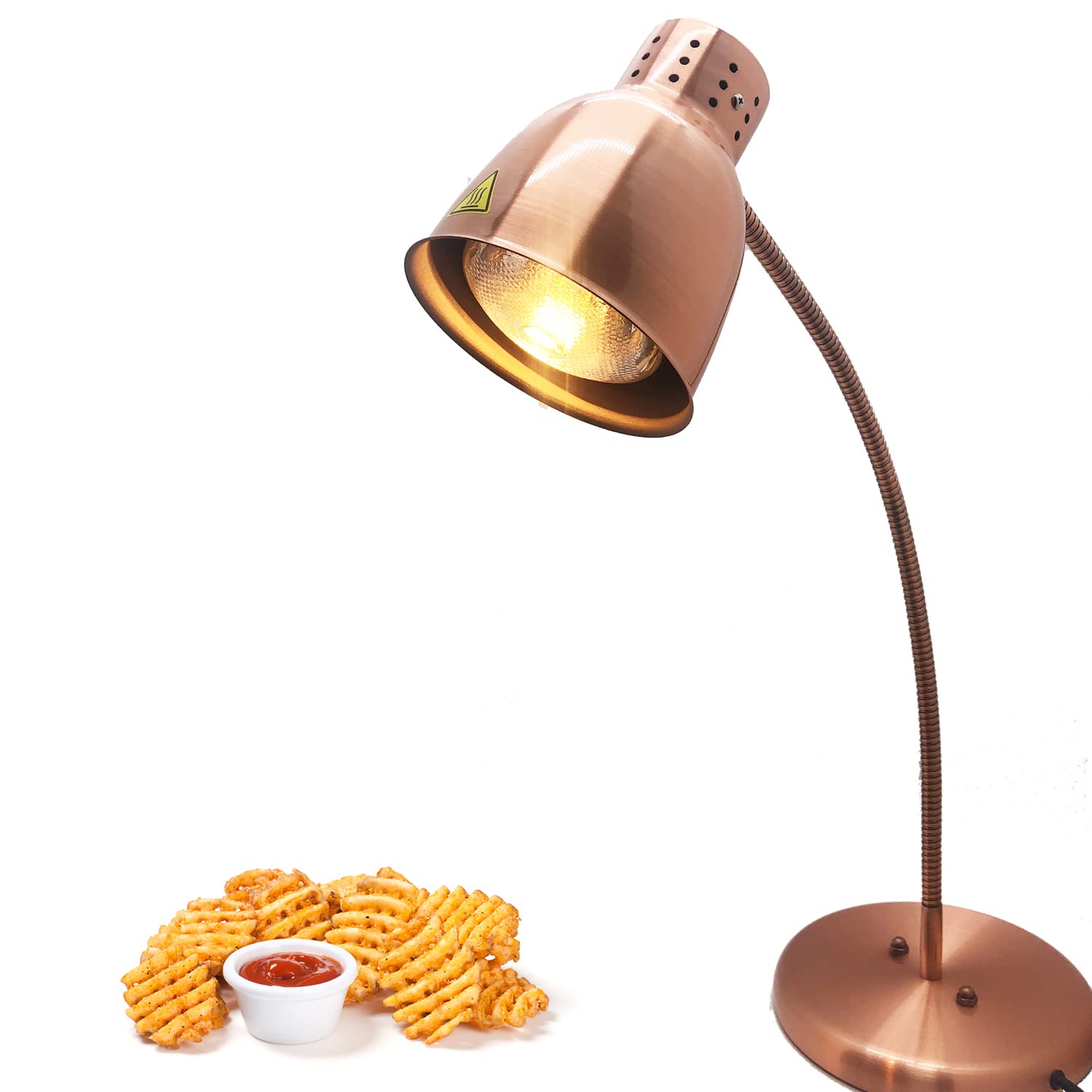

Furniture
How To Turn On A Heat Lamp
Modified: January 6, 2024
Learn how to properly turn on a heat lamp to keep your furniture warm and cozy. Follow our step-by-step guide for a hassle-free experience.
(Many of the links in this article redirect to a specific reviewed product. Your purchase of these products through affiliate links helps to generate commission for Storables.com, at no extra cost. Learn more)
Introduction
Welcome to our guide on how to turn on a heat lamp! Heat lamps are a popular choice for providing warmth and comfort in various settings, from indoor spaces to outdoor patio areas. Whether you’re using a heat lamp for personal use, in a commercial establishment, or for pets or plants, it’s important to know how to safely and effectively operate it.
In this article, we will walk you through the steps to properly turn on a heat lamp. We’ll also provide some essential safety precautions to keep in mind before getting started. So, let’s dive in and learn how to make the most of your heat lamp to create a cozy and comfortable environment.
Key Takeaways:
- Prioritize safety by following manufacturer’s instructions, maintaining clearances, and using a dedicated circuit to prevent accidents and ensure efficient heat lamp operation.
- Properly position and monitor the heat lamp to achieve optimal heat distribution, adjust settings for comfort, and turn it off safely to conserve energy and maintain longevity.
Read more: How To Turn On An Outdoor Heat Lamp
Safety Precautions
Before turning on a heat lamp, it’s crucial to prioritize safety. Heat lamps emit high temperatures and can pose risks if not used correctly. Keep the following safety precautions in mind to ensure a secure environment:
- Read the manufacturer’s instructions: Familiarize yourself with the specific safety guidelines provided by the manufacturer of your heat lamp. Each model may have unique features and specifications to consider.
- Keep clearances: Ensure that your heat lamp has enough space around it for proper ventilation. Maintain a distance of at least three feet from any flammable materials or obstacles to prevent the risk of fire.
- Secure placement: Ensure that the heat lamp is securely mounted or placed on a stable surface. This will prevent it from falling over and causing damage or injury.
- Check the power source: Inspect the power outlet and cord of the heat lamp for any signs of damage. Avoid using the lamp if there are exposed wires or frayed cords. Additionally, make sure the outlet can handle the wattage of the heat lamp.
- Proper installation: If you are installing the heat lamp outdoors, make sure to follow local electrical codes and guidelines. It may be necessary to consult with a licensed electrician for safe installation.
- Use a dedicated circuit: To prevent circuit overload, avoid plugging the heat lamp into an outlet that is already powering multiple high-energy devices. Consider using a dedicated circuit for your heat lamp.
- Supervision: Never leave a heat lamp unattended, especially when used in the presence of children or pets. Keep an eye on the lamp and ensure it is functioning properly at all times.
- Consideration for pets: If you are using a heat lamp for your pets, ensure that they cannot come into direct contact with the lamp or its hot surfaces. Place the lamp in a location where your pets cannot reach it and potentially get burned.
- Regular maintenance: Keep your heat lamp clean and free from dust or debris. Regularly inspect the lamp for any signs of wear and tear and address any issues promptly.
- Emergency preparedness: Familiarize yourself with the location and operation of nearby fire extinguishers and have a plan in case of any emergencies. Be prepared to turn off the heat lamp immediately if necessary.
By adhering to these safety precautions, you can ensure a safe and stress-free experience while using a heat lamp. Taking the necessary measures will not only protect you and your surroundings but also prolong the lifespan of your heat lamp.
Step 1: Gather the necessary equipment
Before you can turn on a heat lamp, it’s important to gather all the necessary equipment. Having everything prepared will make the process smoother and more efficient. Here’s a list of items you will need:
- Heat lamp: Choose a heat lamp suitable for your specific needs. Consider factors like the size of the area you want to heat and the desired temperature range.
- Bulb: Heat lamps require a specific type of bulb that emits infrared radiation. Check the specifications of your heat lamp to ensure you have the correct type and wattage of bulb.
- Power source: Make sure you have access to a nearby electrical outlet or appropriate power source. Ensure that the outlet is functioning properly and can support the wattage of the heat lamp.
- Timer or controller (optional): If you prefer to have a timer or controller for your heat lamp, make sure to have one on hand. This will allow you to set specific time intervals or temperature controls.
- Extension cord (if needed): Depending on the location of your power source, you may need an extension cord to reach it. Ensure the extension cord is rated for the wattage of the heat lamp to avoid any electrical hazards.
Once you have gathered all the necessary equipment, double-check that everything is in good working condition. Inspect the heat lamp and bulb for any signs of damage or defects. It’s always better to address any issues before turning on the heat lamp to ensure your safety and the optimal performance of the device.
By gathering all the required equipment beforehand, you will be fully prepared to proceed with the next steps of turning on your heat lamp. Let’s move on to the next step of the process!
Step 2: Inspect the heat lamp
Before turning on the heat lamp, it’s crucial to inspect it for any signs of damage or wear. A thorough inspection will help ensure the safety and optimal functioning of the lamp. Follow these steps to inspect your heat lamp:
- Check the cord: Examine the power cord for any frayed wires, exposed cables, or other signs of damage. If you notice any issues, do not attempt to use the lamp. Instead, replace the cord or have it repaired by a professional.
- Inspect the lamp housing: Look for any cracks or damage to the lamp housing. Ensure that the protective grille or cage is securely in place and free from any dents that may obstruct the heat emission.
- Examine the bulb: Carefully inspect the bulb for any visible cracks or discoloration. Check if the filament is intact. If you notice any damage to the bulb, replace it before proceeding.
- Check the switch or control panel: If your heat lamp has a switch or control panel, ensure they are functioning correctly. Test the switch or controls to make sure they turn on/off smoothly and adjust the desired settings.
- Verify the stability: Check that the heat lamp is securely mounted or placed on a stable surface. Ensure that it is not wobbly or at risk of tipping over. This will help prevent accidents or damage while the lamp is in operation.
By thoroughly inspecting your heat lamp before turning it on, you can identify and address any potential issues. This will maximize the lamp’s effectiveness and minimize the risk of accidents or malfunctions during operation. If you notice any significant damages or concerns, it’s best to refrain from using the lamp and seek professional assistance or replace the lamp if necessary.
Now that you have ensured the heat lamp is in good condition, it’s time to proceed to the next step and position the lamp correctly to distribute the heat effectively.
Step 3: Position the heat lamp
Proper positioning of the heat lamp is crucial for ensuring effective heat distribution and achieving your desired outcomes. The right placement will depend on various factors, such as the size of the area you want to heat, the purpose of the heat lamp, and the specific instructions provided by the manufacturer. Follow these guidelines to position your heat lamp correctly:
- Consider the purpose: Determine the specific purpose of the heat lamp. Are you using it to provide warmth in an outdoor seating area, to create a comfortable environment for pets, or to promote plant growth? Understanding the purpose will influence the positioning of the lamp.
- Choose an appropriate height: The height of the heat lamp will depend on the desired coverage area and the heat intensity required. In general, the lamp should be positioned between 6 to 8 feet above the surface you want to warm. Adjust the height as needed to achieve the desired heat distribution.
- Focus on the target: If you have a specific area or object you want to heat, position the lamp in a way that directs the heat towards that target. Whether it’s seating areas, pet enclosures, or specific plants, angling the lamp towards the target will enhance the heat distribution.
- Avoid obstructions: Ensure that the heat lamp is free from any obstructions that may block or hinder the heat flow. Remove any objects or obstacles that may interfere with the efficient distribution of heat.
- Consider safety: Position the heat lamp away from any flammable materials, such as curtains, furniture, or dry leaves. Make sure there’s enough clearance around the lamp to prevent the risk of fire or other safety hazards.
- Maintain distance: If you’re using the heat lamp for pets or plants, make sure to maintain a safe distance to prevent burns or damage. Ensure that pets or plants cannot come into direct contact with the lamp or its hot surfaces.
- Adjust for optimal heat: Observe the temperature in the area and adjust the position and angle of the heat lamp as needed. Different heat lamps have varying heat coverage, so experiment with different positions until you achieve the desired warmth and comfort level.
By following these positioning guidelines, you can effectively utilize the heat lamp to warm specific areas or objects. Take the time to consider the purpose, adjust the height and angles, and ensure safety precautions are met. Now that you have properly positioned the heat lamp, it’s time to move on to the next step of plugging it in and turning it on.
When turning on a heat lamp, always make sure to check the manufacturer’s instructions for the specific model. Typically, you will need to plug in the lamp and switch it on using the power button or switch. Allow the lamp to warm up for a few minutes before use.
Read more: What Is A Heat Lamp
Step 4: Plug in the heat lamp
Once you have positioned the heat lamp correctly, it’s time to plug it in and get it ready for operation. Follow these steps to plug in your heat lamp safely:
- Locate the power source: Identify the nearest electrical outlet or power source within reach of the heat lamp. Ensure that the outlet is in good working condition and can handle the wattage of the heat lamp.
- Check the cord: Inspect the power cord of the heat lamp for any damage or frayed wires. Avoid using the lamp if you notice any issues. If the cord is damaged, it’s important to replace it or have it repaired by a professional before proceeding.
- Use an extension cord if necessary: If the power source is not within close proximity to the heat lamp, you may need to use an extension cord. Make sure the extension cord is rated for the wattage of the heat lamp and is in good condition.
- Connect the heat lamp to the power source: Plug the power cord of the heat lamp into the electrical outlet or extension cord. Ensure that the connection is secure and tight to avoid any accidental disconnection.
- Double-check the switch or controls: If your heat lamp has a switch or control panel, verify that it is set to the desired settings before proceeding. Take a moment to familiarize yourself with the functions and adjust them as needed.
- Avoid overloading the circuit: Ensure that the heat lamp is the only high-energy device connected to the electrical circuit. Avoid plugging in multiple power-hungry devices on the same circuit to prevent overload and potential electrical hazards.
- Secure any loose cords: In order to minimize the risk of tripping or accidents, secure any loose cords or cables connected to the heat lamp. Use cable ties or cord organizers to keep the area neat and safe.
By following these steps, you can safely plug in your heat lamp and prepare it for operation. Double-check all connections and ensure that everything is in good working condition before proceeding to the next step. Now that the heat lamp is plugged in, we can move on to adjusting the settings for optimal heat output.
Step 5: Adjust the settings
Now that your heat lamp is plugged in and ready for operation, it’s time to adjust the settings to achieve the desired level of heat output. Follow these steps to effectively adjust the settings of your heat lamp:
- Refer to the manufacturer’s instructions: Consult the manufacturer’s guidelines or user manual to understand the specific control options and recommended settings for your heat lamp model.
- Set the desired temperature: If your heat lamp has temperature control options, adjust them according to your comfort level and the intended purpose. Some lamps may have a simple on/off switch, while others may have adjustable settings.
- Consider the size of the area: Take into account the size of the area you want to heat. If it’s a small space, such as a tabletop or a cozy corner, you may need to set the heat lamp to a lower intensity. For larger areas, you may want to increase the heat output.
- Experiment with positioning: If you find that the heat is not evenly distributed or is concentrated in a specific area, try adjusting the position or angle of the heat lamp. Monitor the temperature and make gradual changes until you achieve the desired heat coverage.
- Consider using a timer or controller: If you prefer to have specific time intervals or temperature controls, consider using a timer or controller device. This will allow you to automate the operation of the heat lamp and customize the heat output based on your needs.
- Monitor the heat output: Keep an eye on the temperature in the surrounding area. Observe how the heat lamp affects the environment and make any necessary adjustments to the settings. It may take some trial and error to find the optimal settings for your specific requirements.
- Keep safety in mind: While adjusting the settings, always prioritize safety. Avoid setting the heat lamp to extremely high temperatures that may pose a risk of burns or fires. Maintain a safe distance between the heat lamp and any flammable materials.
By following these steps and taking into consideration the specific features and guidelines provided by the manufacturer, you can adjust the settings of your heat lamp to achieve the desired level of heat for your space.
It’s important to note that each heat lamp may have unique settings and control options, so always refer to the manufacturer’s instructions for the most accurate information. With the settings adjusted, you can now move on to the next step of monitoring the heat lamp to ensure it is functioning effectively.
Step 6: Monitor the heat lamp
Once you have adjusted the settings of your heat lamp, it’s important to regularly monitor its performance to ensure it is functioning effectively and safely. Monitoring the heat lamp will allow you to make any necessary adjustments and address any potential issues that may arise. Follow these steps to effectively monitor your heat lamp:
- Observe the heat output: Pay close attention to the heat output of the lamp. Check if it is providing the desired level of warmth and comfort for the intended space. If the heat output is insufficient or too intense, consider adjusting the settings as needed.
- Check for proper heat distribution: Monitor the area being heated and ensure that the heat is distributed evenly. Take note of any cold spots or areas that may be getting too hot. Adjust the position or angle of the lamp if necessary to achieve optimal heat distribution.
- Monitor the temperature: Use a thermometer to measure the temperature in the area being heated. This will give you an accurate reading of the heat levels and help you determine if any adjustments need to be made to the settings of the lamp.
- Watch for any signs of malfunction: Keep an eye out for any unusual behaviors or malfunctions of the heat lamp. Signs of malfunction may include flickering lights, abnormal noises, or a sudden decrease in heat output. If you notice any of these signs, turn off the heat lamp and address the issue before continuing to use it.
- Ensure safety precautions: Continuously check the surroundings of the heat lamp to ensure that there are no flammable materials or objects in close proximity. Verify that the lamp is stable and secure, and there is no risk of it being knocked over or causing any accidents.
- Keep pets and children away: If you have pets or children in the vicinity of the heat lamp, ensure that they are kept at a safe distance to prevent any accidental contact or burns. Establish boundaries and supervision to avoid potential injuries.
- Regular maintenance: Perform regular maintenance on the heat lamp, including cleaning and inspecting for any signs of wear or damage. This will help ensure its longevity and prevent any potential issues from arising.
By actively monitoring the performance of your heat lamp, you can ensure it continues to operate safely and efficiently. Regular observation and adjustments will help you maintain the desired heat output and create a comfortable environment for your needs. If you notice any significant issues or concerns, it’s best to consult the manufacturer or seek professional assistance.
Now that you’re monitoring the heat lamp and ensuring everything is running smoothly, let’s proceed to the final step of this guide: turning off the heat lamp when you no longer need it.
Step 7: Turn off the heat lamp
When you’re finished using the heat lamp or no longer need its warmth, it’s important to properly turn it off to ensure safety and conserve energy. Follow these steps to effectively turn off your heat lamp:
- Verify the need to turn off: Determine if the heat lamp has been used for the desired duration or if the area has reached the desired temperature. Assess whether it’s necessary to continue operating the lamp or if it can be safely turned off.
- Turn off the lamp: Locate the switch or control panel of the heat lamp and switch it to the “Off” position. If your heat lamp doesn’t have a switch, unplug it from the power source. This will effectively shut off the heat production.
- Allow time to cool down: Even after turning off the heat lamp, it will still retain some residual heat. Allow the lamp to cool down for some time before handling it or moving it to a different location.
- Inspect for any issues: Take a moment to inspect the heat lamp after it has been turned off. Look for any signs of damage, wear, or malfunction. Address any concerns before using the heat lamp again in the future.
- Secure cords and cables: Once the heat lamp is turned off and cooled down, ensure that all cords and cables are properly secured. Bundle them up using cable ties or cord organizers to prevent tripping hazards and keep the area neat.
- Store the heat lamp safely: If you will not be using the heat lamp for an extended period, consider storing it in a safe and dry place. Protect it from dust and debris to maintain its performance and prolong its lifespan.
Turning off the heat lamp when it is not needed is not only essential for safety, but it also helps conserve energy and prevent unnecessary wear on the lamp. Taking these steps to properly turn off the heat lamp will ensure its longevity and maintain a safe environment in your space.
Congratulations! You have successfully learned how to turn on, adjust, monitor, and turn off a heat lamp. By following these steps and adhering to safety precautions, you can enjoy the warmth and comfort that a heat lamp brings to your living space, patio, or any other area where you need a cozy environment.
Read more: How To Turn On Heated Floors
Conclusion
In conclusion, knowing how to properly turn on a heat lamp and operate it safely is essential for creating a cozy and comfortable environment in various settings. By following the steps outlined in this guide, you can ensure the effective use of your heat lamp while keeping safety in mind.
Starting with gathering the necessary equipment and inspecting the heat lamp, you can prepare for a smooth and safe operation. Positioning the lamp correctly, considering the purpose and area you want to heat, will maximize its effectiveness. Plugging in the lamp, adjusting the settings, and monitoring the heat output will help you achieve the desired comfort level and ensure efficient operation.
It’s crucial to prioritize safety throughout the process. From following safety precautions to maintaining a safe distance from flammable materials, keeping supervision and regular maintenance in mind, you can prevent accidents and ensure the longevity of your heat lamp.
When you no longer need the heat lamp, remember to turn it off properly. By following the steps to turn off the lamp, allowing it to cool down, and securing the cords, you can ensure safety and efficient energy usage.
Now that you have the knowledge and understanding of how to turn on, adjust, monitor, and turn off a heat lamp, you can confidently create a warm and comfortable environment in your home, patio, or any space where you need additional heat. Enjoy the coziness and benefits that a heat lamp can provide while maintaining safety and efficient operation.
Remember to refer to the manufacturer’s instructions for specific guidance based on your heat lamp model and consult with professionals if you encounter any issues or have further questions. Stay warm and safe!
Frequently Asked Questions about How To Turn On A Heat Lamp
Was this page helpful?
At Storables.com, we guarantee accurate and reliable information. Our content, validated by Expert Board Contributors, is crafted following stringent Editorial Policies. We're committed to providing you with well-researched, expert-backed insights for all your informational needs.
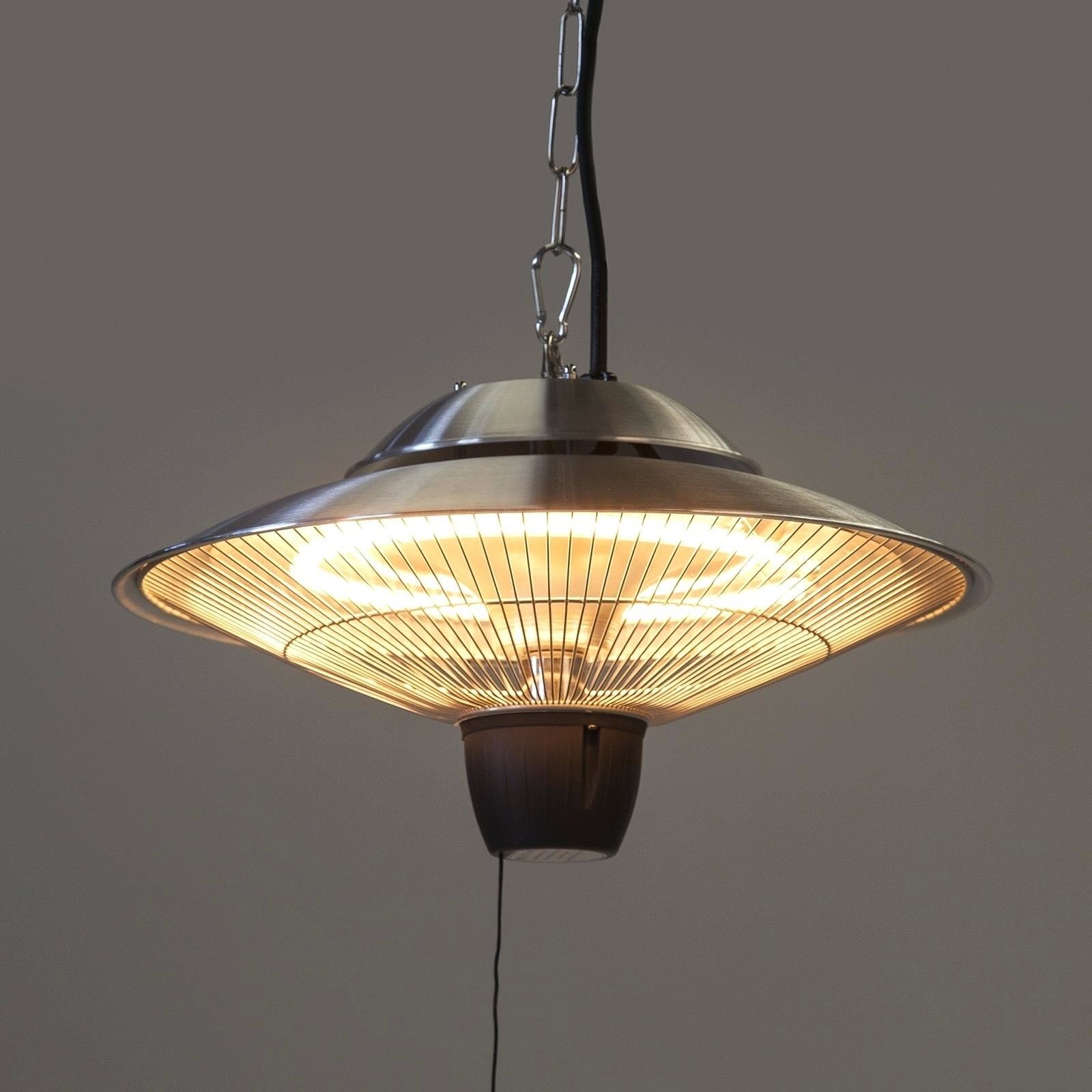
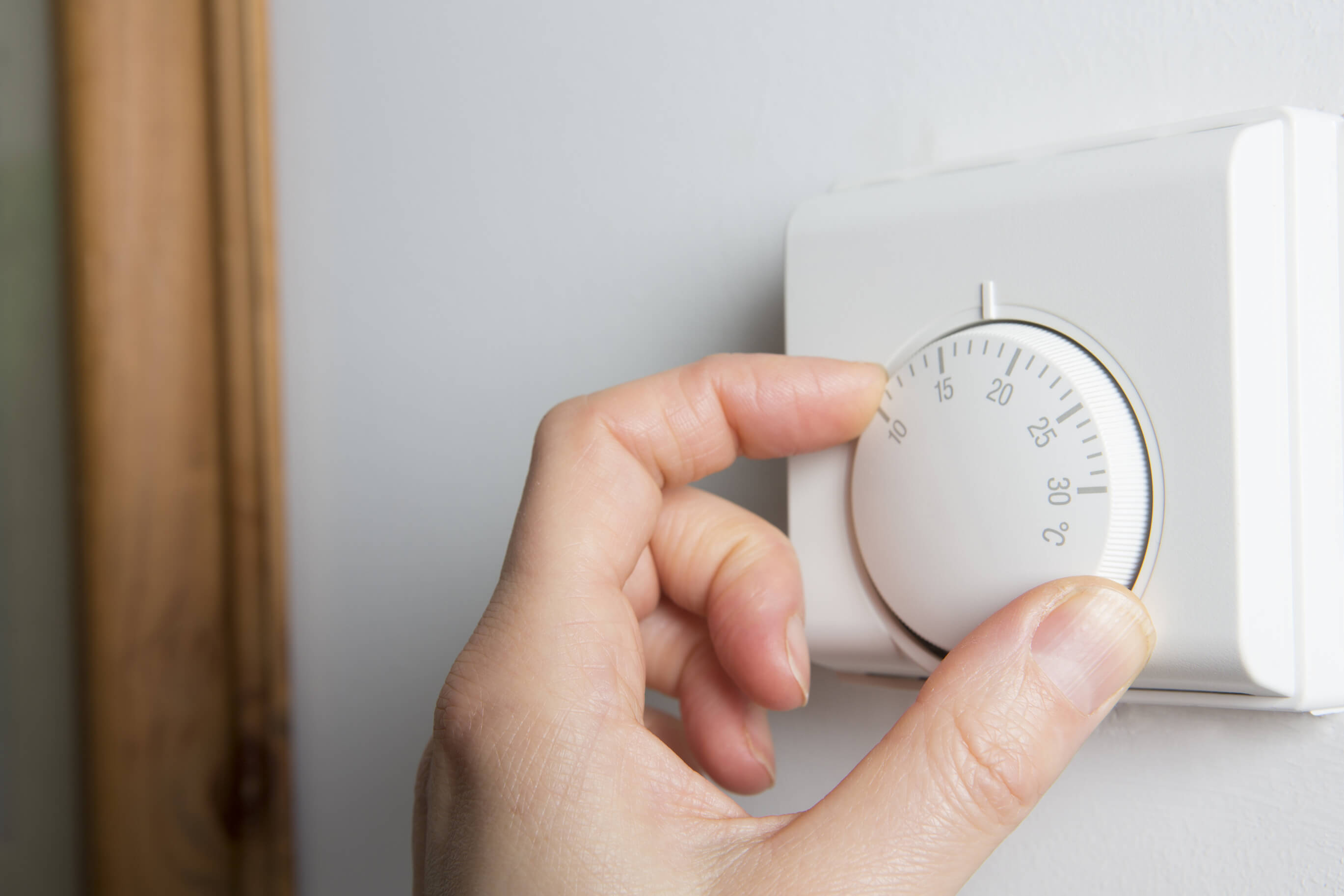
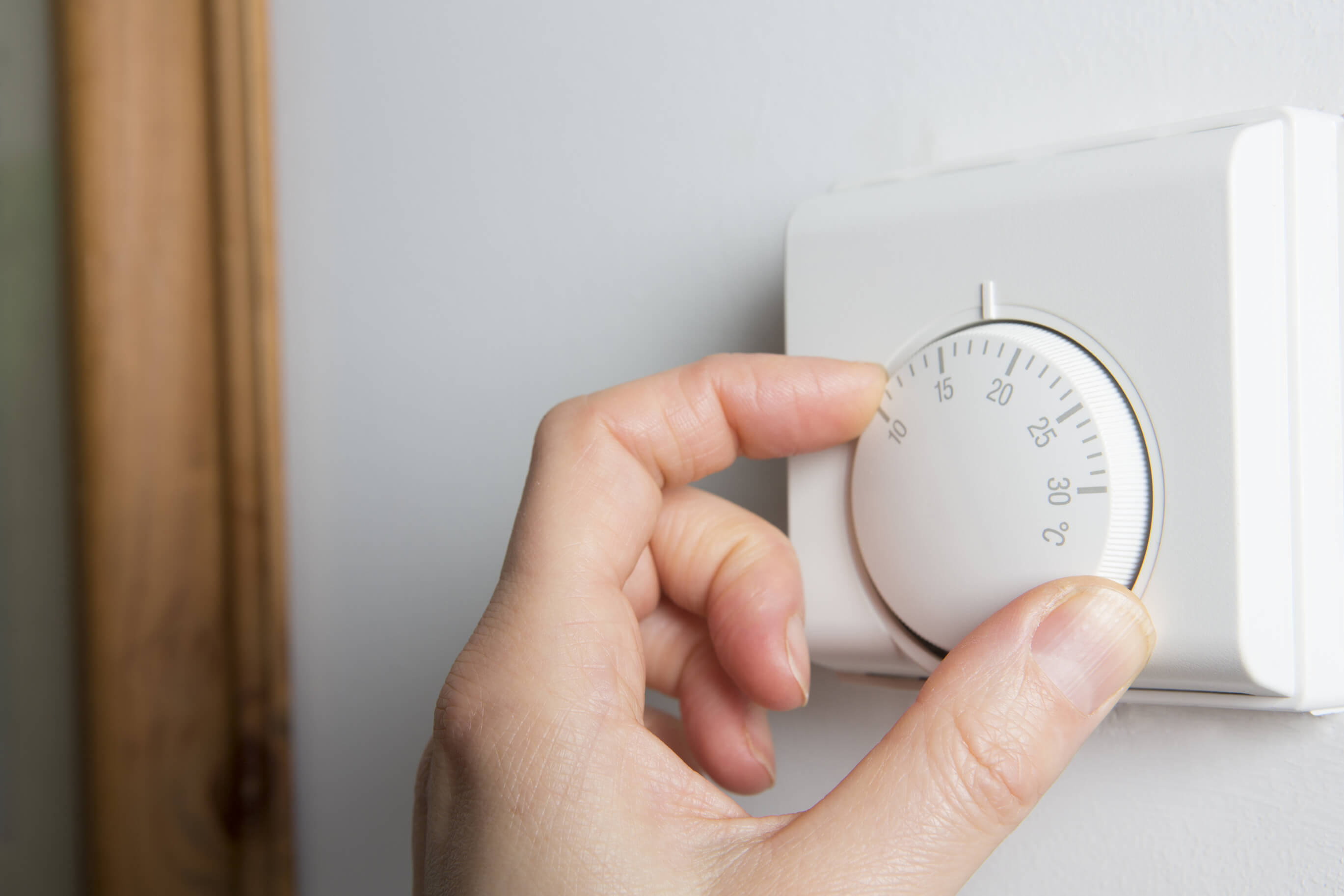
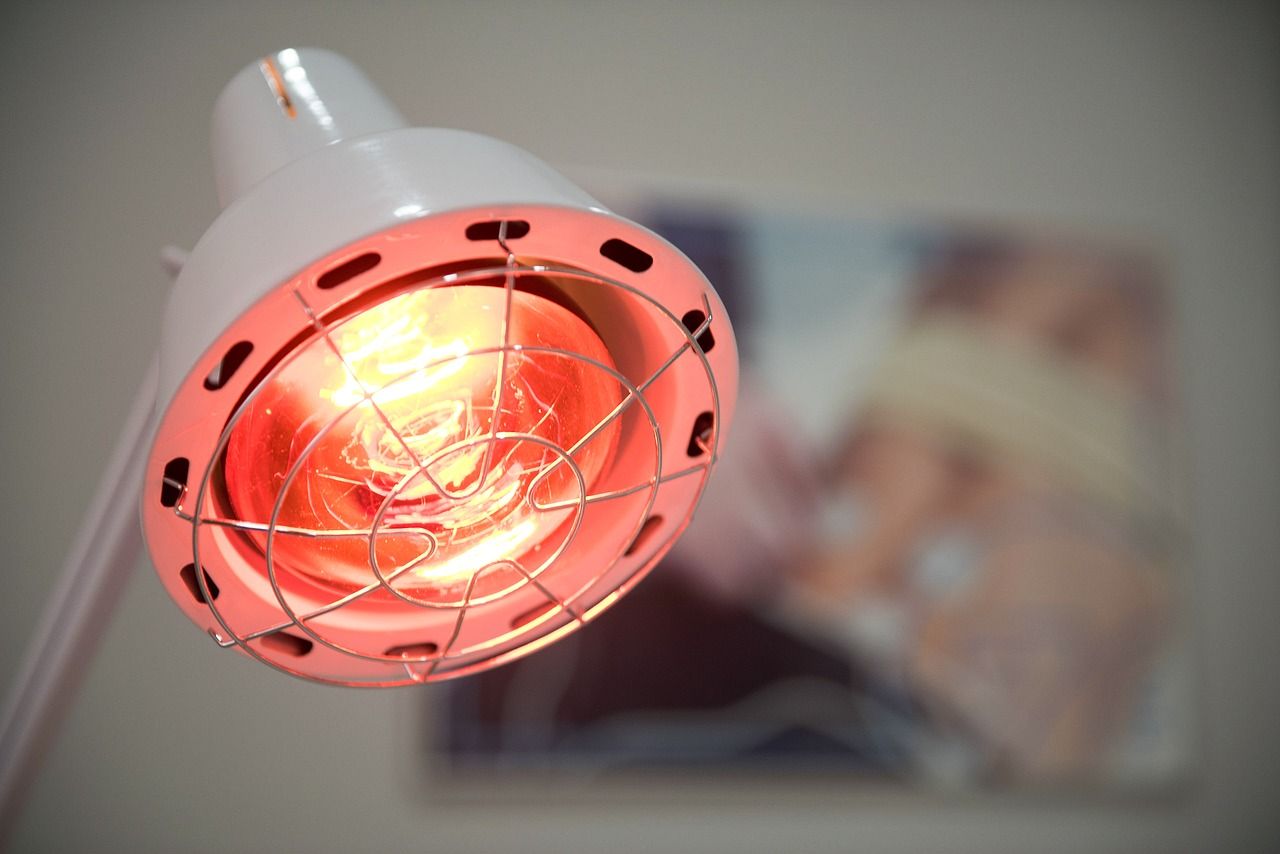
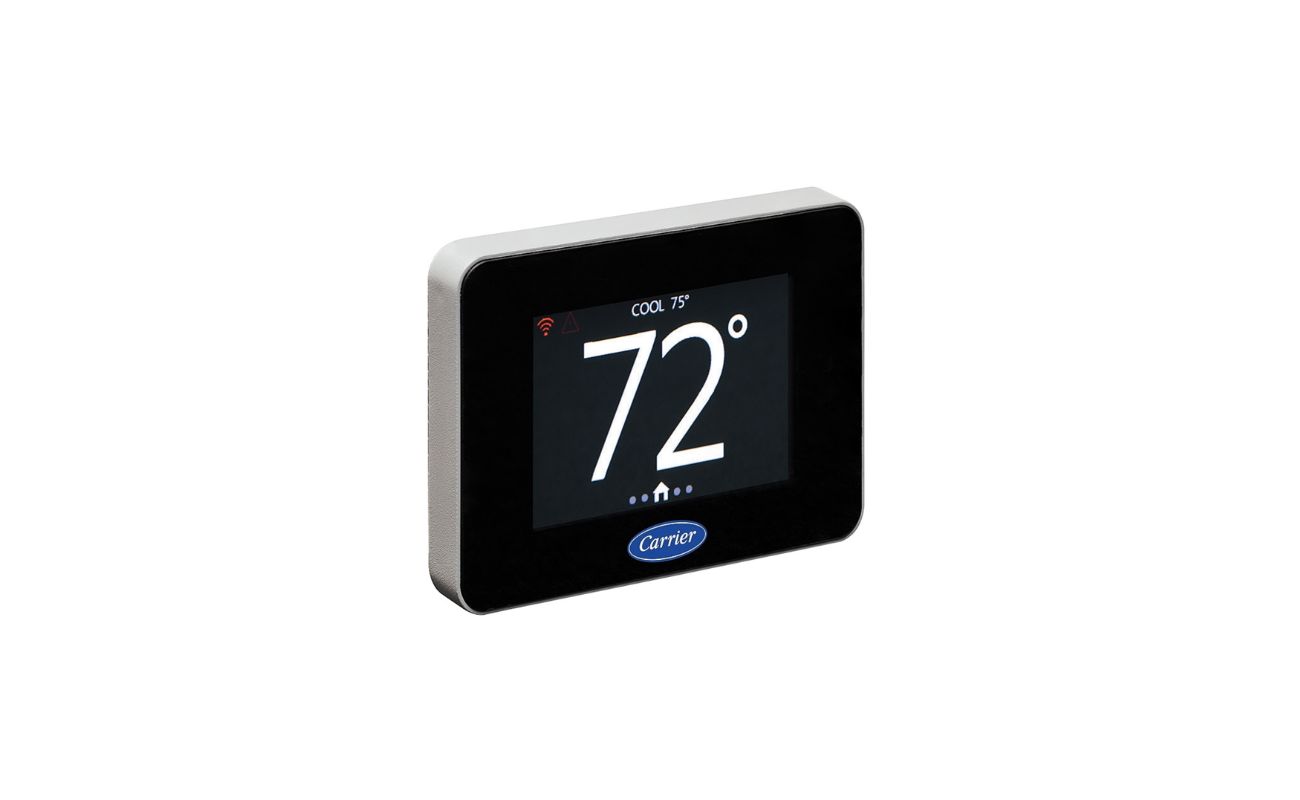
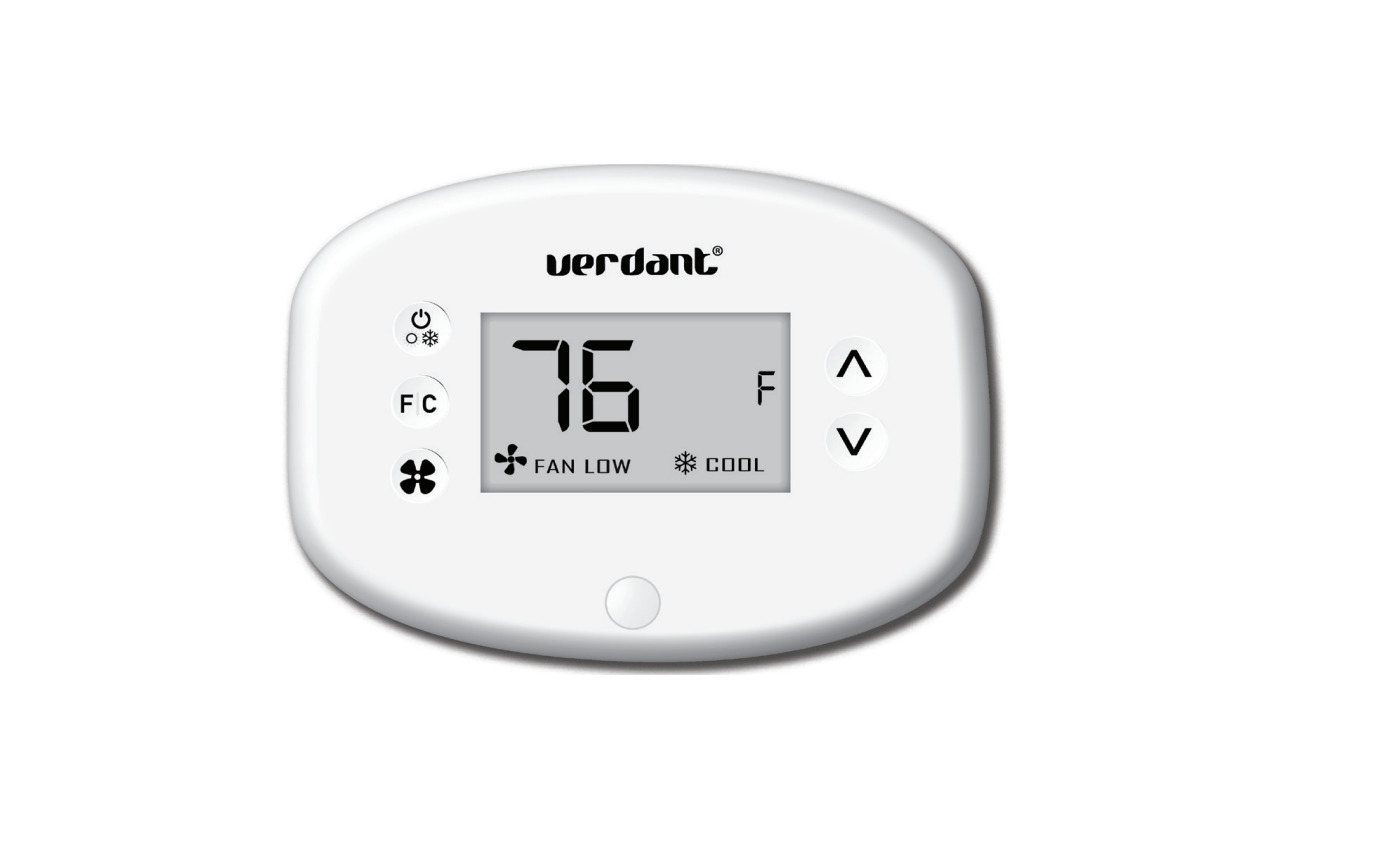
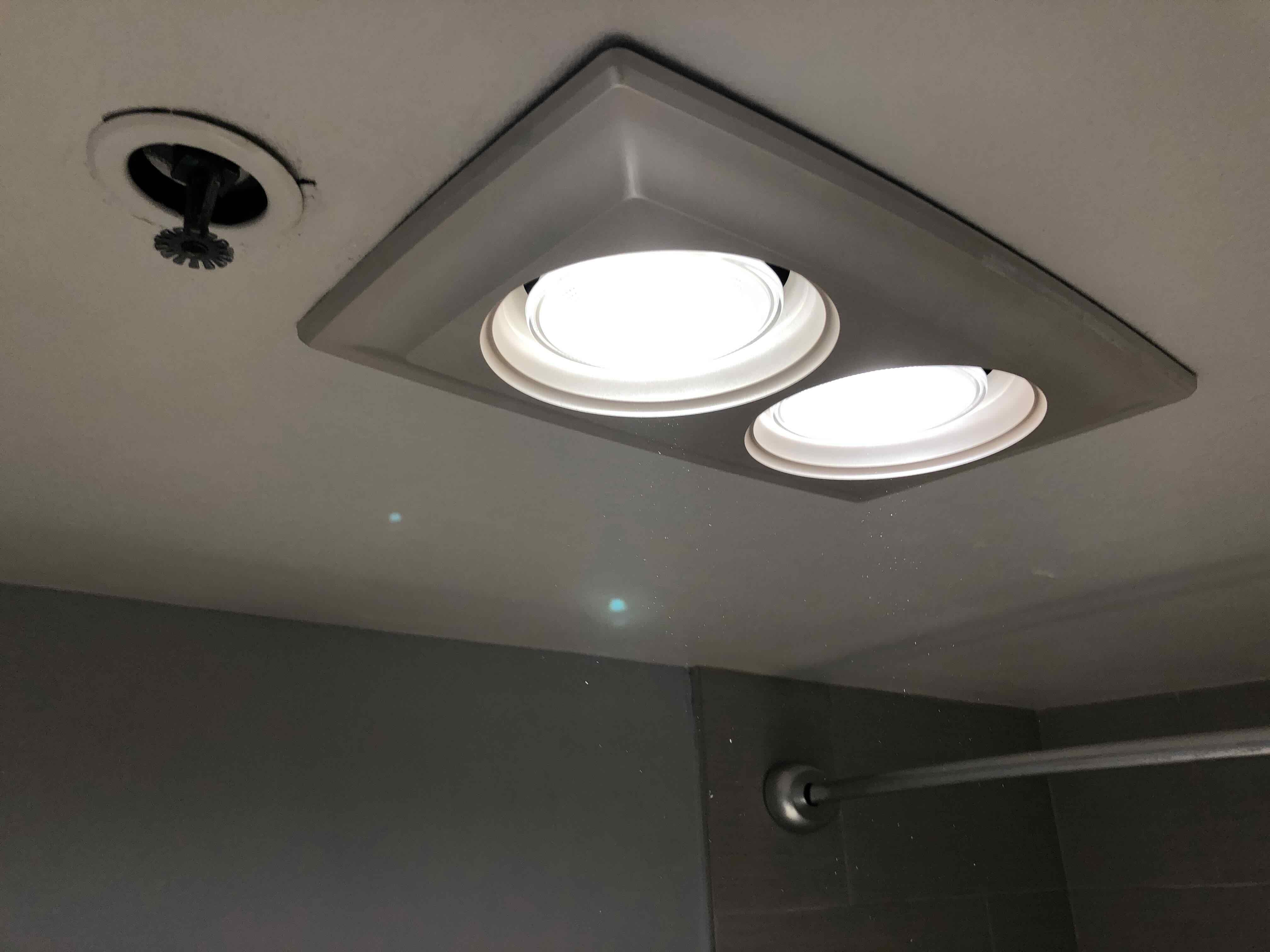

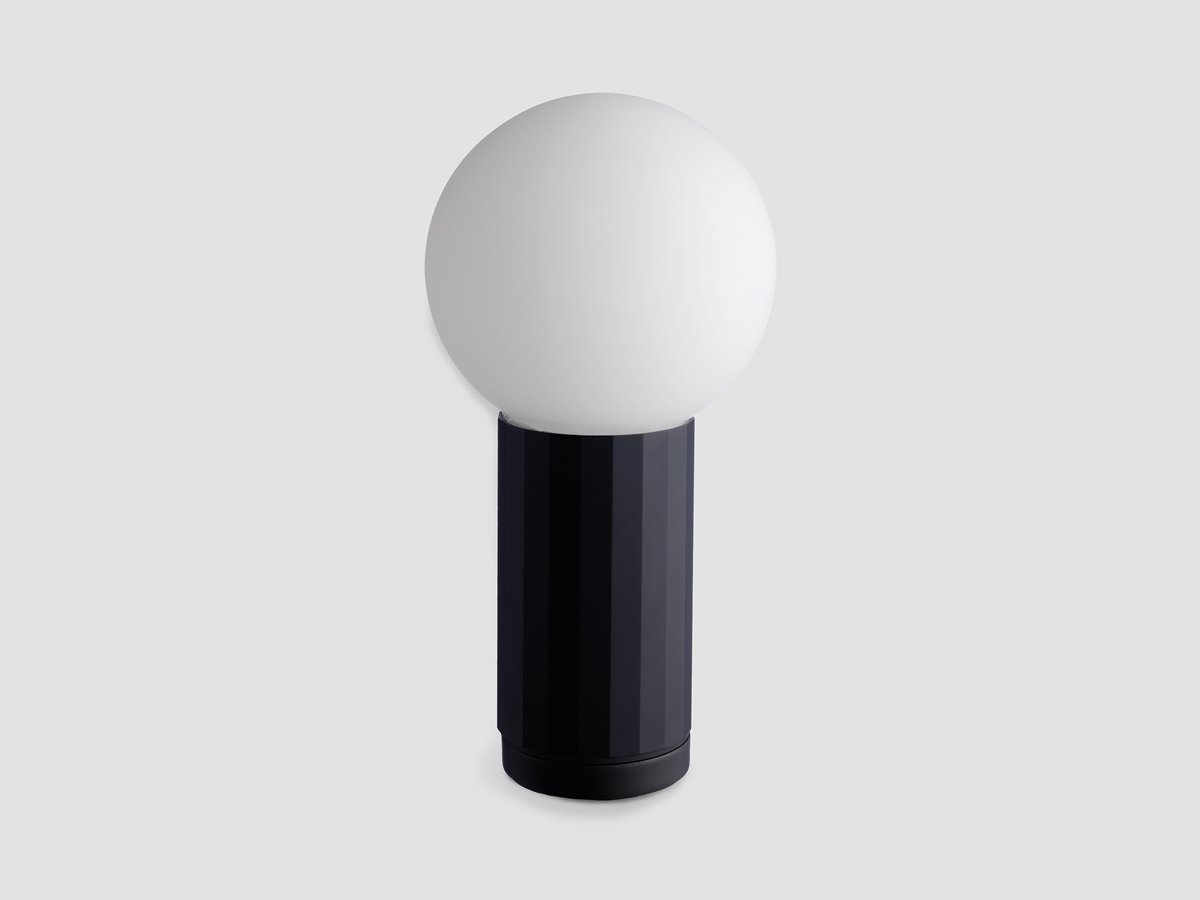
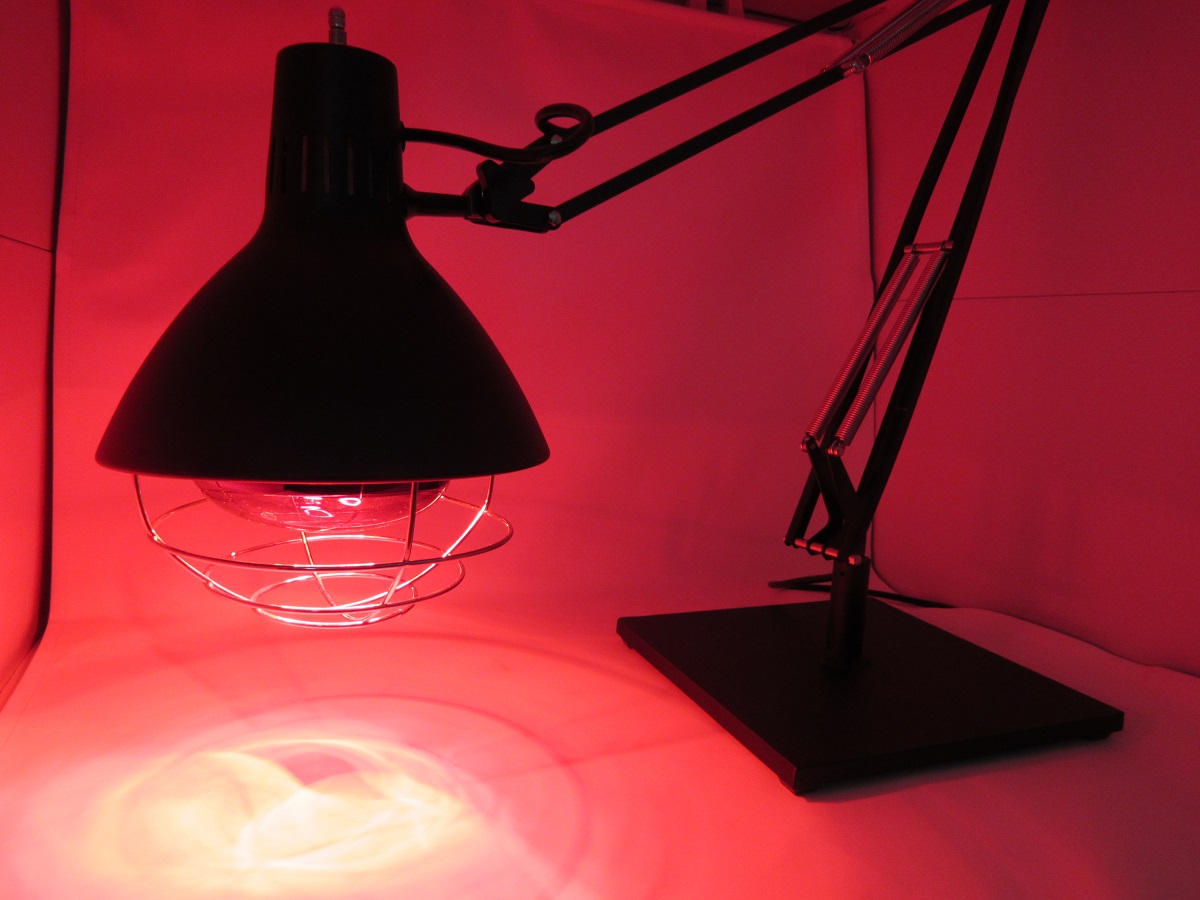
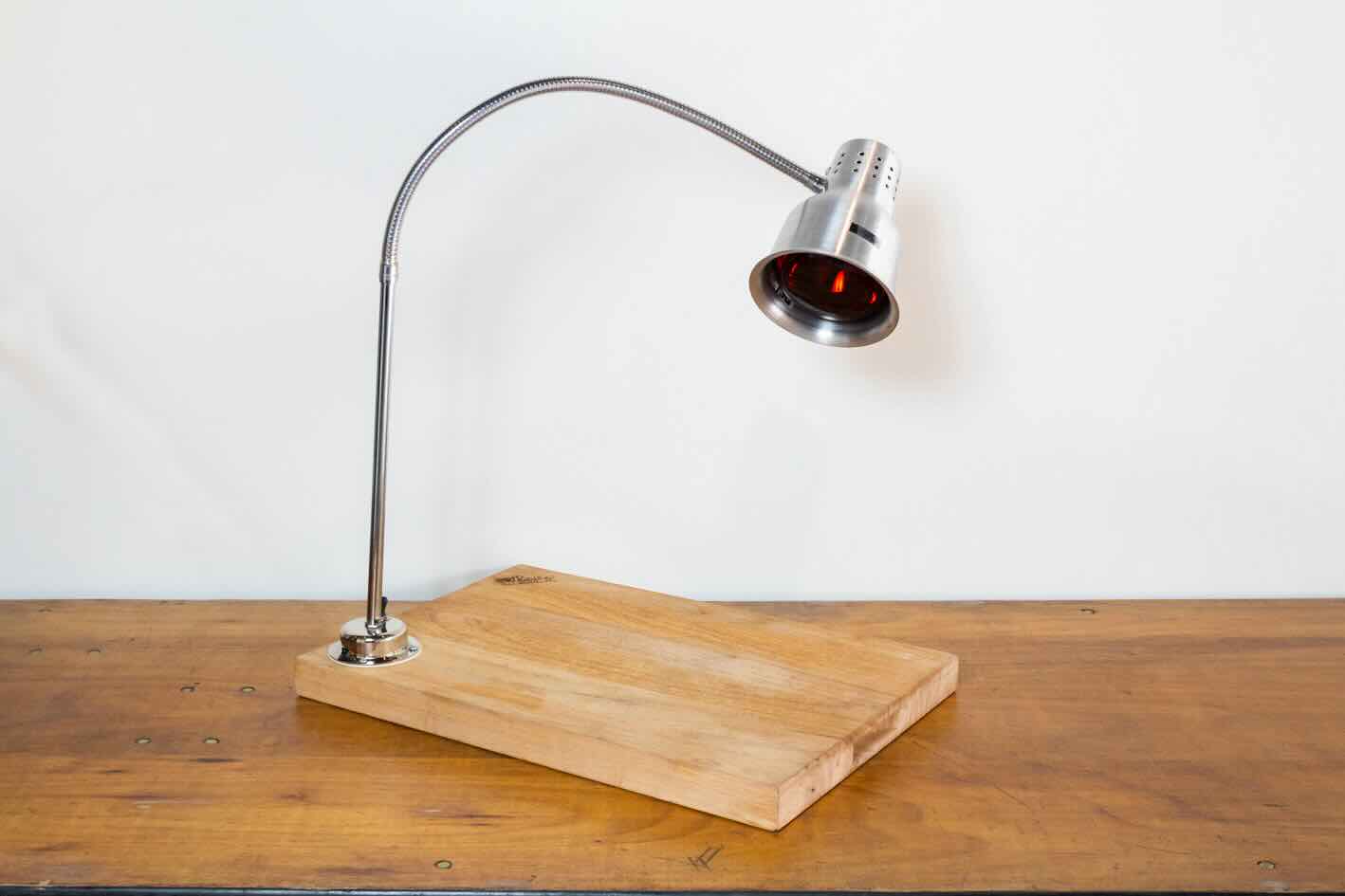
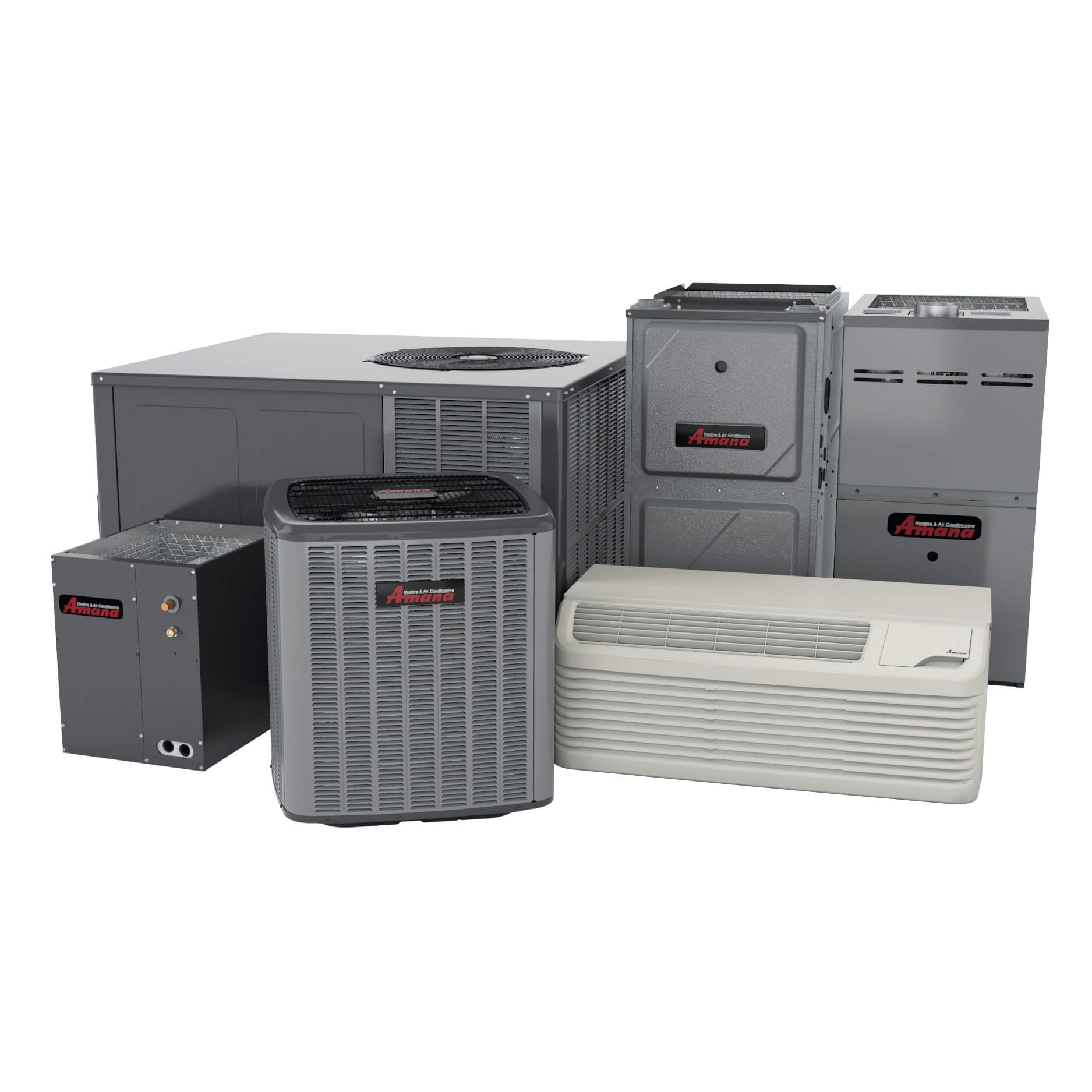
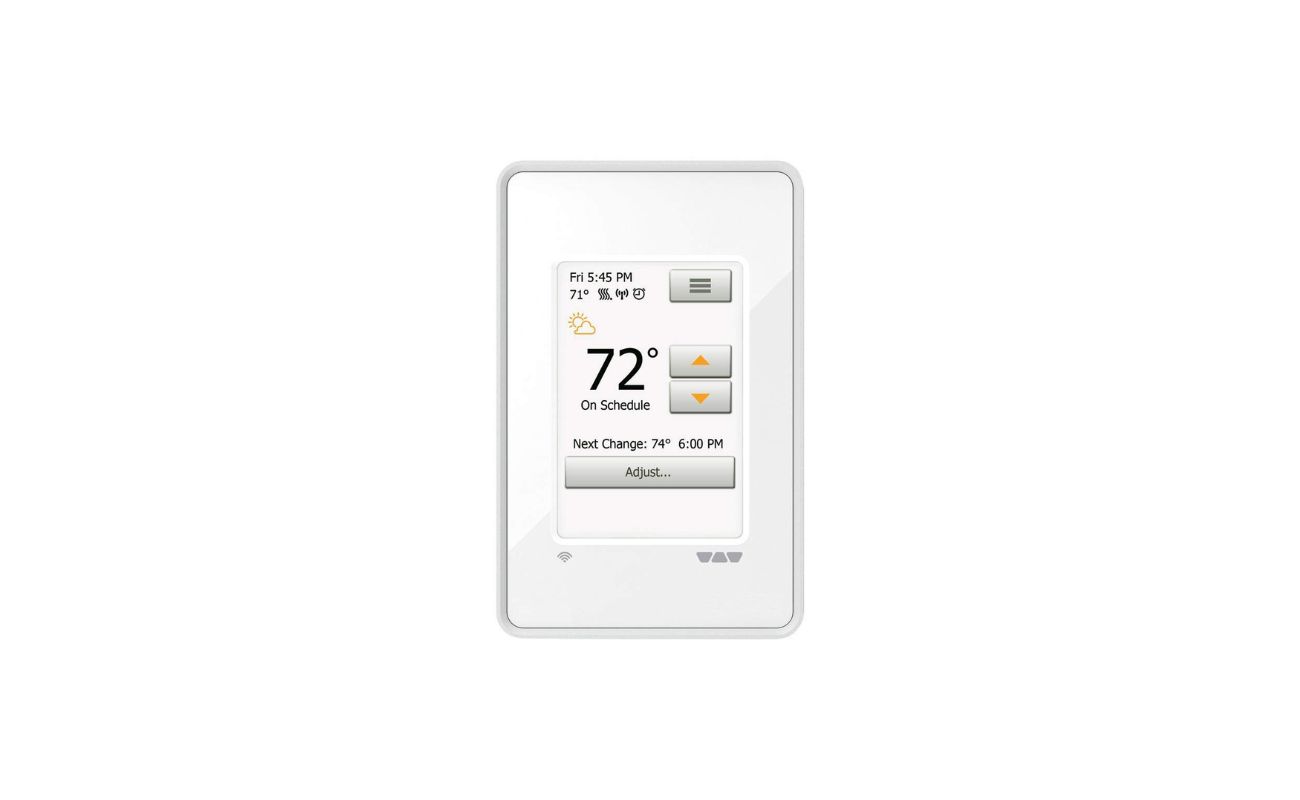

0 thoughts on “How To Turn On A Heat Lamp”